USFWS and State of Alaska to Close Hunting of Emperor Geese

Federal regulations reopened hunting of the species in 2017, but a decline in population signals closure per the current management plan
Federal, state, and regional wildlife managers have recommended that the emperor goose hunting season in Alaska be closed for both subsistence and sport hunting in the 2025 season. The most recent survey information recorded a single-year population index of approximately 19,000—well below the 23,000-threshold set by the Pacific Flyway Council’s management plan to allow hunting.
Emperor geese, known for their striking white heads, gray bodies, orange feet, and two-tone pink and gray beaks, breed primarily on the Yukon-Kuskokwim Delta in western Alaska. Unlike many waterfowl species, they generally remain in Alaska year-round, wintering along coastal areas like Kodiak and the Aleutian Islands.
Federal regulations reopened the emperor goose hunting season in 2017, allowing Alaska an annual harvest of up to 1,000 birds for the fall-winter hunt under liberal regulations or 500 under restrictive regulations. Harvest is managed through a registration permit system across seven hunt areas, each with an individual quota. A total of 25 non-resident drawing permits were available to non-residents per year.
“Like any wild population, many factors affect the population growth, decline, or stability,” said Julian Fischer, a supervisory wildlife biologist with the U.S. Fish and Wildlife Service. “For emperor geese, which are slow to mature and reproduce, adult birds are critical to population stability.” He explained that harvesting adults, along with habitat changes, food availability, and potential pathogens, are all possible contributors to the recent decline.
Fischer also emphasized the unique challenges of managing this species, explaining that with a small, remote population like emperor geese which are entirely reliant on natural habitats, significant events like storms or disease outbreaks can have outsized impacts. Predators, such as Arctic and red foxes, may also play a role in population changes.
Jason Schamber, waterfowl program coordinator for the Alaska Department of Fish and Game, emphasized that these factors are taken into consideration when re-evaluating the species’ management plan, which happens every three years.
“We’re currently in the process of revising the Pacific Flyway Management Plan and the Alaska Migratory Bird Co-Management Council is responsible for managing the subsistence harvest in the state. So, both of those plans are open to revision currently,” he said.
The proposed rule to implement the closure will be available to the public soon, where public input will be welcomed and later considered in the final rule.
You can find more information regarding emperor goose hunting regulations for the fall-winter season on the Alaska Fish and Game website, adfg.alaska.gov.
Read more about the re-opening of the emperor goose hunting season in 2017 here.

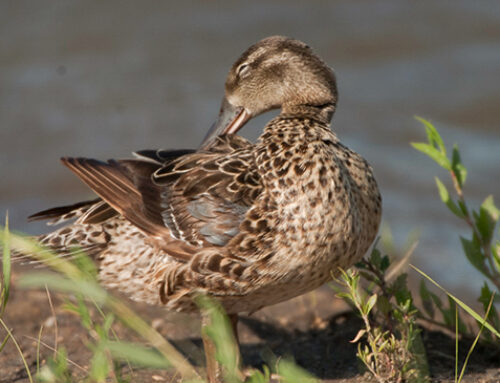
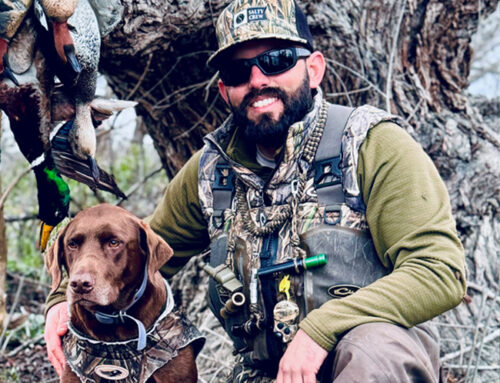
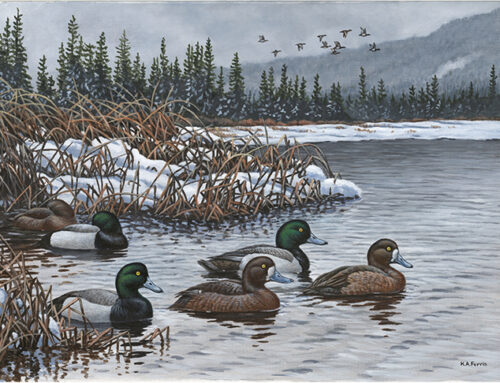
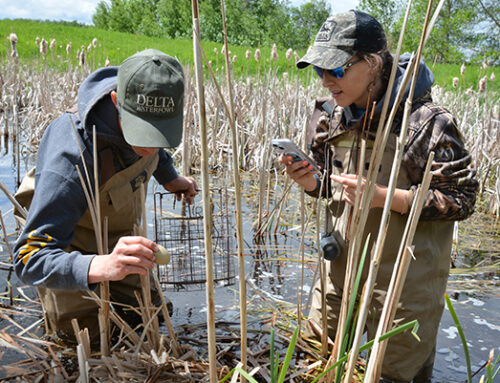
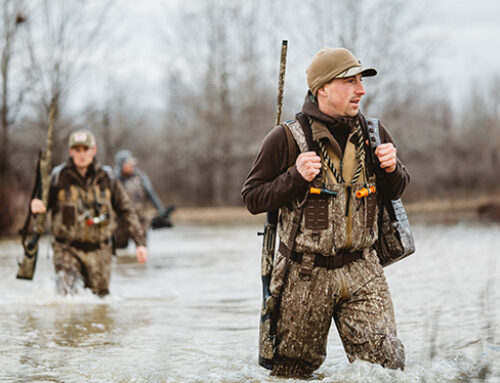
Leave A Comment